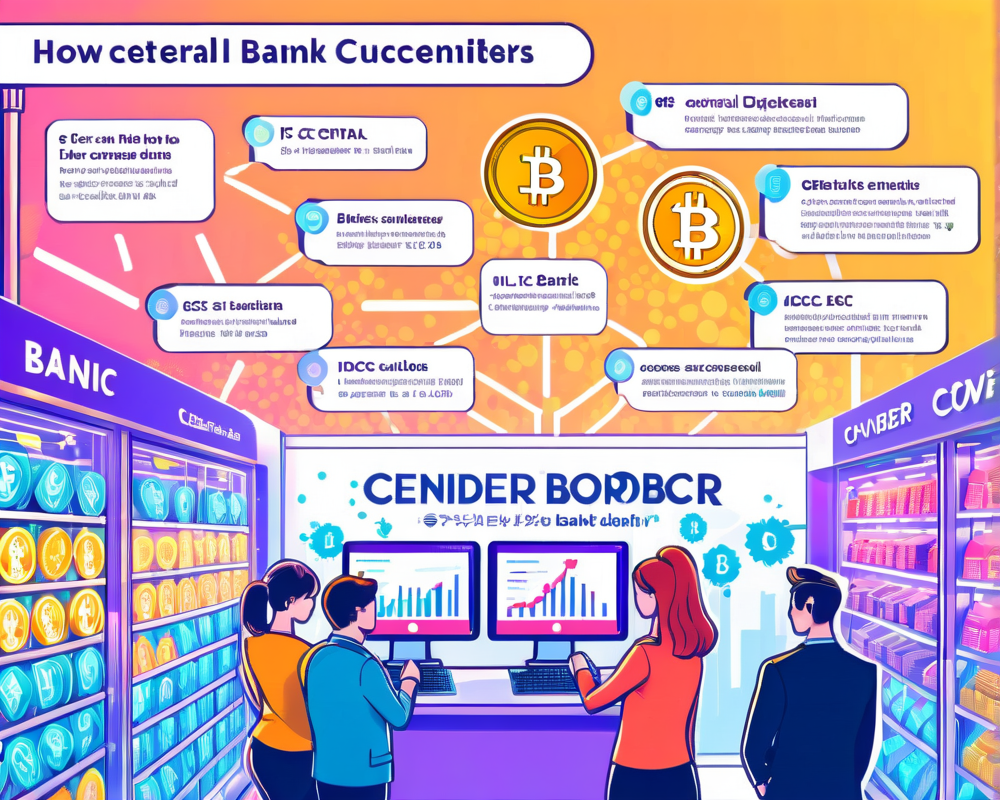Transforming the Financial Landscape
The introduction of central bank digital currencies (CBDCs) is poised to reshape the global economy. With promises of rapid transactions, lower costs, and enhanced security, CBDCs are like the cool new gadget everyone wants, transforming old-school banking into a high-tech platform for the future.
Economic Implications of CBDCs
A report by Moody’s Investor Service sheds light on the potential economic landscape of CBDCs, particularly regarding cross-border transactions. The traditional role of banks may diminish significantly as CBDCs operate within a new infrastructure, greatly reducing banks’ intermediary functions.
What’s In it for Banks?
Now, before you start feeling sorry for the banks—hold your horses! Despite the expected hit to most of their services, banks may still see some silver linings. With CBDCs, they could complete and clear international payments at lightning speed—think Fast & Furious meets finance—without jumping through hoops with multiple payment systems and correspondent banks.
- Benefits: Reduced settlement risk.
- Efficiency: Clear transactions within seconds.
- Cost-effective: Lower transaction fees.
The Need for Remodeling
As CBDCs create waves, banks will likely need to reinvent themselves. Moody’s suggests that banks might have to connect with new networks and build infrastructures that promote CBDC interoperability.
This is a tall order. After all, it’s not every day you have to reinvent the wheel. In the short term, it could strain their resources, possibly leading to extra costs and logistical headaches!
The Interoperability Puzzle
As the tech wizards work on making retail and wholesale CBDCs interoperate, we’re reminded that collaboration among central banks is crucial. The Bank for International Settlements is already looking into this.
However, if decisions are not made with some degree of flexibility, we risk creating “digital islands” where only select countries can transact seamlessly with each other. Socially awkward, right?
Challenges Ahead
The road to CBDC adoption is neither smooth nor without bumps. Key challenges involve regulatory frameworks addressing anti-money laundering laws and privacy issues. Furthermore, existing financial institutions might not be thrilled about potential disruptions to their profit flows.
To add to the fun, some U.S. lawmakers are raising eyebrows over privacy concerns. They worry about losing the dollar’s global dominance. It’s like asking a cat to share its cozy spot—unlikely!
In conclusion, while CBDCs could bring game-changing benefits to cross-border transactions, banks might find themselves stuck between a rock and a hard place. As innovation challenges the status quo, it remains to be seen whether banks can adapt or whether they will resist change like a toddler refusing to give up a favorite snack.




